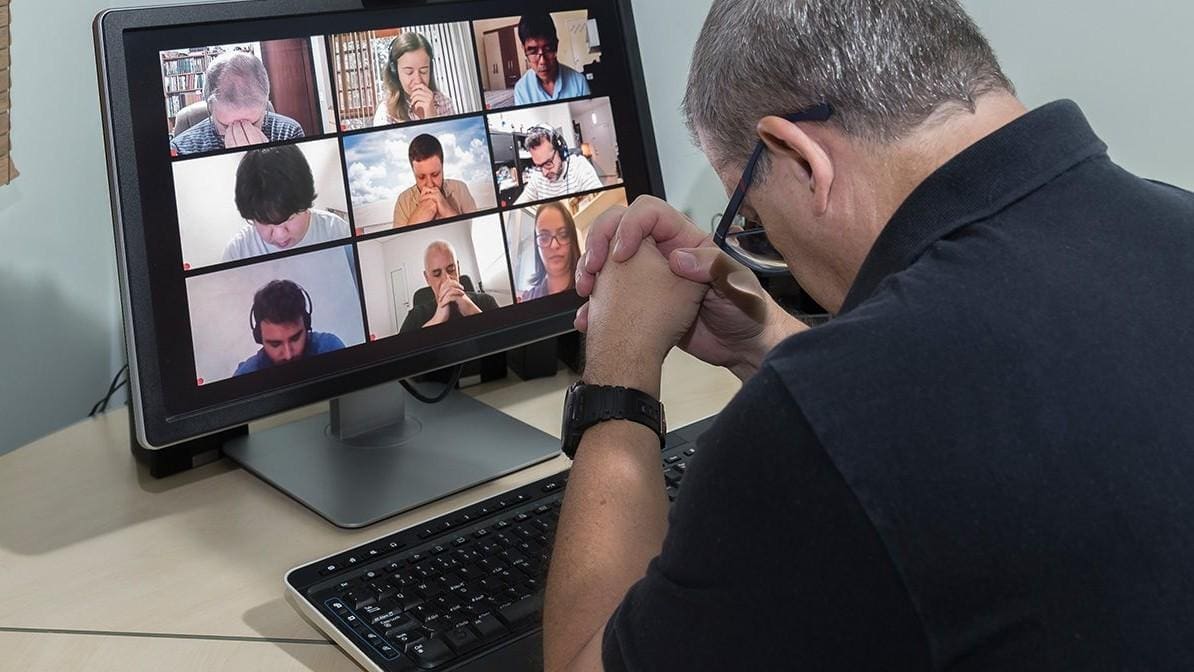
Are You Financially Literate?
Financial literacy is the possession of skills that allows people to make smart decisions with their money. Although understanding stats and facts about money is great, no one has truly grasped financial literacy until they can regularly do the right things with money that lead to the right financial outcomes. When you have this skill set, you’re able to understand the major financial issues most people face: emergencies, debts, investments, and beyond.
Financially literate people know their way around a budget, know how to use sinking funds, and know the difference between a 401(k) and a 529 plan. Here are just a few of the concepts financially literate consumers have mastered:
Budgeting
Most Americans live paycheck to paycheck, and it’s largely because of a gap between what the math says they can afford and what they actually spend. Financial literacy can make people habitual budgeters who are willing to save for their goals and delay gratification to have peace of mind today and in the future.
Emergencies
Only 44% of Americans would be able to cover a $1,000 emergency today. About 40% wouldn’t be able to cover a $400 emergency. People who become financially literate understand the wisdom of saving for those times when life happens.
Debt
In addition to mortgages, which amount to nearly $9 trillion in debt nationwide, Americans are burdened with auto loans, credit cards, and student loans. The Federal Reserve Bank of New York reported in 2018 that the total consumer debt in America had reached $3.95 trillion. To see how that debt load impacts daily living, consider the fact Northwestern Mutual reported that 40% of Americans spend up to half of their monthly income in debt payments. A big part of financial literacy focuses on understanding how the time and money people spend on paying off debt hurts their ability to invest in their future.
While there’s no one sure way to measure how many people are financially literate, the lack of certain skills would confirm that guess. For example, if you used the number of people who don’t live paycheck to paycheck as an estimate of financial literacy, only about 20% of people would qualify.
Are You Financially Literate?
To help you decide whether you should include yourself among the financially literate, think through the following questions:
- Do you know how to create a monthly budget that includes all your basic expenses, your bills, any debts, and your sinking funds for future purchases?
- Are you currently debt-free, or are you taking active steps to reduce your debts?
- Do you know about how much you spend to cover living expenses over a period of three to six months?
- Do you have an emergency fund in place that would allow you to get through a sudden, unexpected life event without borrowing money?
- Do you understand how compound interest allows invested money to grow over time?
- Do you know the various kinds of insurance needed to protect your finances and investments?
- Do you understand the difference between an investment and insurance?
Hopefully, you were able to answer “yes” to all — or at least some — of the assessment questions. But in case you found yourself answering “no” to some, don’t be discouraged. There are steps you can take to get a better understanding of how money works:
- Start a beginner emergency fund
Begin by saving up $1,000. This is to keep you from being thrown off track when those inevitable, tough financial events hit you. Don’t worry if this doesn’t sound like a lot of money. You’ll be growing this emergency fund very soon.
- Get out of debt
To rid yourself of debt, start by listing them from smallest to largest. Then, use the debt snowball method to pay them off. As you pay off the smallest debt, roll what you used to pay toward it onto the next largest debt. Repeat this process until all your debts, except for your mortgage, are gone.
- Finish your emergency fund
To complete this step, move all the money you freed up while paying off debt toward growing your emergency fund to three to six months of expenses.
- Invest 15% of your income for retirement
It’s never too late to plan for retirement. Eighty-seven percent of students who take a finance class agree they feel confident about investing. You can face the future with hope when you have a plan that includes smart retirement investment.
Use good growth stock mutual funds in a tax-advantaged retirement savings plan like a 401(k) or Roth IRA. Investing 15% can help ensure you beat inflation over the long haul, while still having enough income to put toward paying off your home.
- Save for college
Over half (51%) of students who learn about finance in high school plan to pay for college themselves. Two of the best methods are Education Savings Accounts (ESAs) and 529 plans.
- Pay off your mortgage early
This monthly housing payment is one of the biggest expenses for most people. Imagine owning your home free and clear!
- Build wealth, and give generously
The purpose of financial literacy isn’t just head knowledge. The real goal is to be able to use your money to do the things you want to do, like retire with dignity, spend free time with family and give to worthy causes.
By now, you may have a pretty good sense of where you stand in terms of your own financial literacy. Maybe you have a lot to learn, but I hope it’s encouraging to know how increasing financial literacy could transform you, your community and maybe the entire nation!
Trending Now
Sign up today for your Inspiration Today Daily Newsletter
Supercharge your faith and ignite your spirit. Find hope in God’s word. Receive your Inspiration Today newsletter now!
Kristina Ellis
After winning $500K in scholarships and graduating from her dream school with a bachelor’s and a master’s degree, Kristina Ellis set out to help students create their own plan to earn a debt-free education. She’s the best-selling author of Confessions of a Scholarship Winner and How to Graduate Debt-Free. She is a featured expert in the 2021 documentary Borrowed Future: How Student Loans Are Killing the American Dream. Her work has been featured in numerous media outlets, such as "Fox & Friends," "The Katie Couric Show," CBN, USA Today, Reuters, Seventeen, and Money. Learn more at kristinaellis.com
Related Articles
April 15, 2024
5 Small Ways to Save Money Today!
Saving money can sometimes seem like an insurmountable task. Many people feel that they simply need…
April 11, 2024
Dave Says: Be Fair, but Firm
Dave, My husband and I have run our own small business for nearly 10 years. Our largest client,…
April 11, 2024
Starting a New Career at 50
I hear from so many people who are nervous or scared to make a career change in their fifties, even…
April 10, 2024
Turnarounds Through the Power of Prayer
Because of your financial Seeds, God is mightily using the prayer ministers at our Inspiration…
Next Steps To Strengthen Your Walk
Submit A Prayer Request
We are here for you. Simply click on the button below to reach us by form, email or phone. Together we will lift our hearts and voices with you in prayer.
Partner WIth Us
Sow a seed of faith today! Your generous gift will help us impact others for Christ through our global salvation outreach and other faith based initiatives.
Inspiration TV
Watch Christian content from your favorite pastors, christian movies, TV shows and more.






